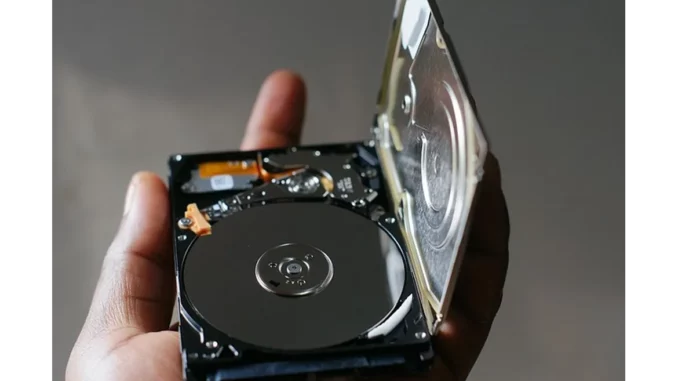
Summary
Protect your data with the self-healing storage solution that technical experts trust.
Proactive Management of Bad Sectors on Hard Drives
Hard drives remain essential in the digital age, yet they are vulnerable to bad sectors, which threaten data integrity and system stability. Addressing bad sectors proactively is critical for anyone reliant on digital storage. This article focuses on prevention, detection, and repair of bad sectors, equipping users with the knowledge to safeguard their data effectively.
Main Article
Understanding Sectors and Bad Sectors
A sector is the smallest unit of data storage on a hard drive, typically comprising 512 bytes. Bad sectors render these units unreadable or unwritable, jeopardising the data stored within them. There are two main types of bad sectors: physical (hard) and logical (soft).
Causes of Bad Sectors
Bad sectors can arise from a multitude of factors. Physical damage, such as mechanical shocks or dropping the hard drive, can damage the platters and create bad sectors. Aging and wear also play a role; over time, the mechanical components may degrade, leading to sector failures.
Manufacturing defects are another cause, as some drives may contain bad sectors from the production line itself. Power issues, including surges or outages, can interrupt the writing process, resulting in data corruption and bad sectors. Excessive heat, which damages internal components, and malware, which can corrupt data, also contribute to the problem. Improper shutdowns, involving abrupt power-offs, can leave sectors unreadable.
Detecting Bad Sectors
Early detection is paramount to preventing data loss. Symptoms include frequent system crashes or freezes, error messages during file access, sluggish performance when accessing specific files, difficulty in drive recognition, and corrupted or unreadable files.
Preventative Measures
Preventing bad sectors is more effective than remedial actions. Key strategies include handling devices with care to avoid physical shocks, maintaining optimal temperature to prevent overheating, and ensuring a stable power supply to avoid sudden shutdowns. Regular software updates are critical to preventing software-related issues, while antivirus protection is necessary to defend against malware. Routine disk checks using tools like CHKDSK can catch issues early, and maintaining backups is essential to safeguard data against unforeseen failures.
Repairing Bad Sectors
The approach to repairing bad sectors depends on whether they are logical or physical. For logical bad sectors, the CHKDSK utility is a valuable tool. This command-line application scans and fixes logical errors. It can be run by typing chkdsk [drive letter]: /f /r /x in the Command Prompt. Windows’ built-in error-checking feature, accessible by right-clicking the drive in File Explorer and selecting Properties > Tools > Check, is also useful. While defragmentation does not directly fix bad sectors, it can enhance performance and occasionally resolve minor issues. Advanced commands in Windows PowerShell, such as Repair-Volume -Scan and Repair-Volume -OfflineScanAndFix, provide thorough scans and fixes.
Physical bad sectors, however, are irreparable. The best course of action is to back up data and consider replacing the drive. Disk cloning software can assist in transferring data to a new drive.
Detailed Analysis
Sector Health and Economic Implications
The health of hard drive sectors is not just a technical concern but an economic one, reflecting broader trends in data reliance and management. As digital storage becomes increasingly central to business operations, the implications of data loss due to bad sectors are significant. Industry analyst Mark Thompson notes, “The costs associated with data loss extend beyond immediate recovery and can impact long-term business continuity and competitiveness.” Thus, understanding and mitigating the risk of bad sectors is crucial in today’s data-driven economy.
Technological Evolution and Sector Management
The evolution of technology also influences how bad sectors are managed. Advances in software diagnostics and repair tools have enhanced the ability to detect and correct logical bad sectors efficiently. Meanwhile, innovations in hardware design aim to reduce the occurrence of physical bad sectors through improved durability and error-correcting capabilities. As these technologies develop, they offer new avenues for addressing sector health proactively.
Further Development
Future-Proofing Storage Solutions
The landscape of data storage is ever-evolving, with emerging technologies poised to reshape sector management. Solid-state drives (SSDs), for instance, offer resilience against many physical issues plaguing traditional hard drives, though they present their own set of challenges. Ongoing research into data integrity and storage efficiency promises to further mitigate risks associated with bad sectors.
Future articles will delve deeper into the advancements in storage technology and their implications for data reliability. Stay engaged for continued coverage on how these developments influence sector management and data integrity in an increasingly digital world.

